AO Edited
Père Lachaise Cemetery
France's most famous cemetery, with some of its most curious tombs.
Originally established by Napoleon, the cemetery languished in obscurity until its directors conducted an elaborate publicity campaign culminating in their claiming the remains of Molière. After this, citizens clamored to be buried with the stars, so to speak, and demand skyrocketed. Today, the cemetery is home to several notable graves. That of Oscar Wilde is worth visiting; traditionally, devoted fans kiss the grave while wearing lipstick.
Also notable is Jim Morrison, whose grave is a constant source of strife. Routinely, full bottles of Jim Beam, bouquets of roses, and other mementos mori are left as offerings to the singer. The grave itself and the immediate area was once, long ago, strewn with graffiti, but it was cleaned up by Jim’s parents in 1994. Sadly, fanatics also used to chip pieces off the concrete liner of the grave prompting the cemetery staff to order the placement of a steel fence around the grave and increase the number of guards watching visitors.
Additionally, vandals have defaced other graves with arrows pointing towards Morrison’s. Aside from its famous inhabitants, the cemetery is a landmark simply for its design and atmosphere, and one of France’s most interesting sites.
Another interesting crypt is the one of Allan Kardec, considered the father of Spiritism — as compared to Spiritualism — in France. His real name was Hypolyte Leon Denizard Rivail. The pseudonym originated from mediumistic communications. Both the names “Allan” and “Kardec” were said to have been his names in previous incarnations. He is best known for his classic, Le Livre des Esprits (The Spirits’ Book), first published in 1856. Within this book is expounded a new theory of human life and destiny. The Spirits’ Book is based on trance communications received. The automatic scripts brought forward a thorough and intriguing doctrine of reincarnation.
There’s also the tomb of Robertson, the stage name of Étienne-Gaspard Robert, an innovator in phantasmagoria in the late 18th century in Paris, whose monument is decorated with skulls and bas-reliefs showing a crowd being menaced by his illusions of skeletons and ghouls, as well as a hot air balloon ride as Robertson was also an aficionado of early aviation.
Two balloonists, Joseph Croce-Spinelli and Théodore Sivel, are remembered with a monument that shows them resting hand-in-hand beneath a draped shroud. The two perished on a balloon ascent on April 15, 1875, at around 28,000 feet in an attempt to beat the standing record and experiment with the use of oxygen at such heights.
Some other tombs of notable people to be seen here are that of Frederic Chopin, Honore de Balzac, Edith Piaf, Miguel Angel Asturias (Guatemalan novelist), Gertrude Stein, Georges Cuvier (famous naturalist), Maria Callas (famous opera singer), Max Ernst (surrealist painter), Marie- Madeleine Fourcade (leader of the WWII French resistance), and Amadeo Modigliani (famous Italian artist).
Know Before You Go
The Père Lachaise Metro station is not actually the closest to the cemetery entrance; it is about half a kilometer away. For a closer Metro stop, use the Philippe Auguste stop on line 2. The free map at the main office (near the Philippe Auguste metro) isn't the best guide for the cemetery & is actually fairly difficult to read, lacking the detail to navigate the cemetery's many paths. Many different maps are available online and it probably isn't too hard to find one with more detail. Just outside the cemetery, near the Père Lachaise metro station there are usually vendors that sell better maps than the one at the main office -- for a few euros, you can get a more accurate map & have a souvenir of the trip. As the cemetery is built on a slight hill, the preferred Metro stop is Gambetta, which is two blocks away. One can work one's way downhill, rather than climbing upwards.
The Pere Lachaise metro is one of the closest metros to the cemetery. The cemetery has signs indicating sections and streets so it is necessary to get a map that corresponds to those references. There are posted maps at the various entrances.











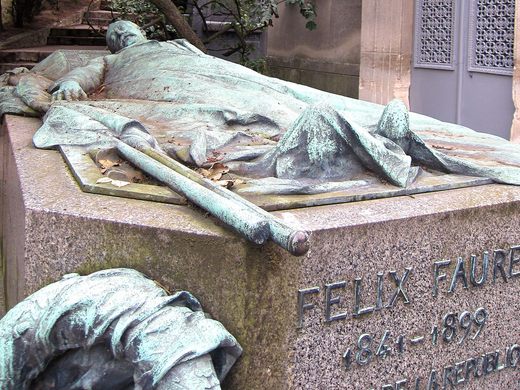
























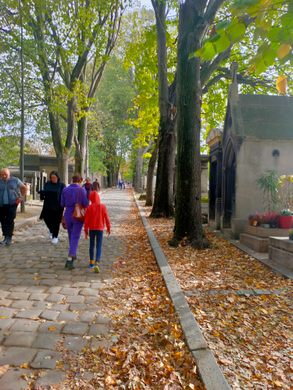







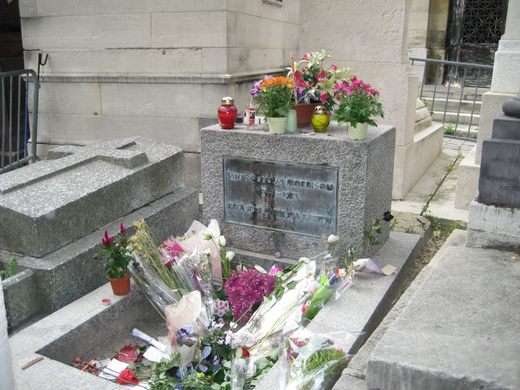



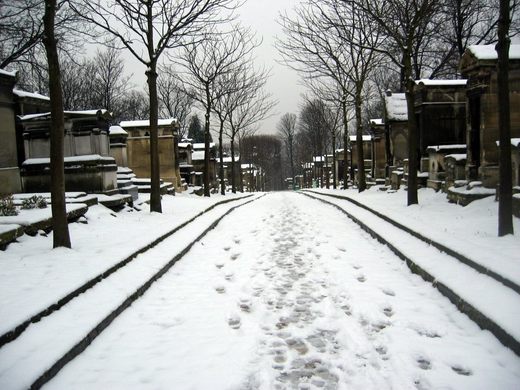































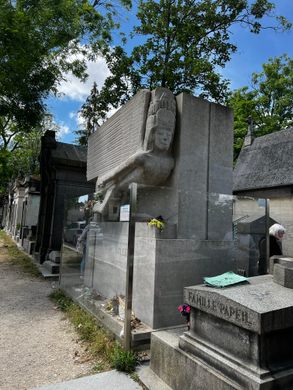


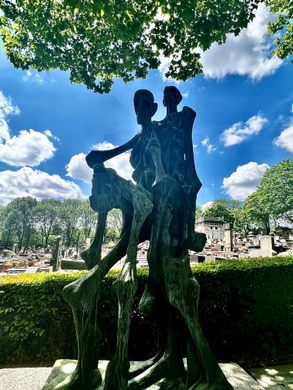



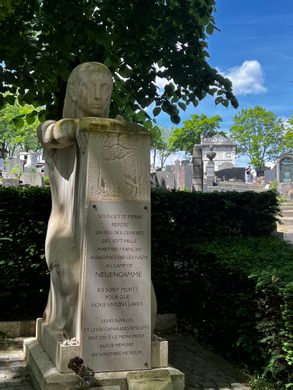

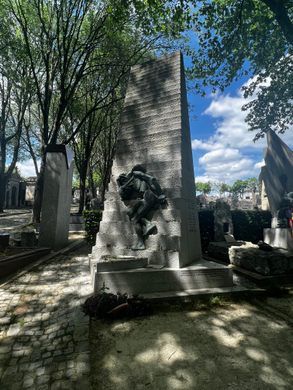




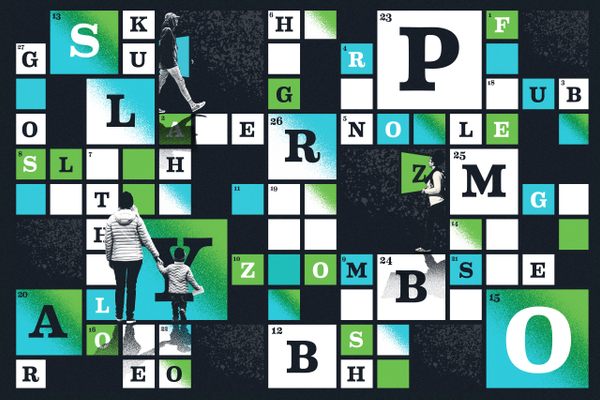































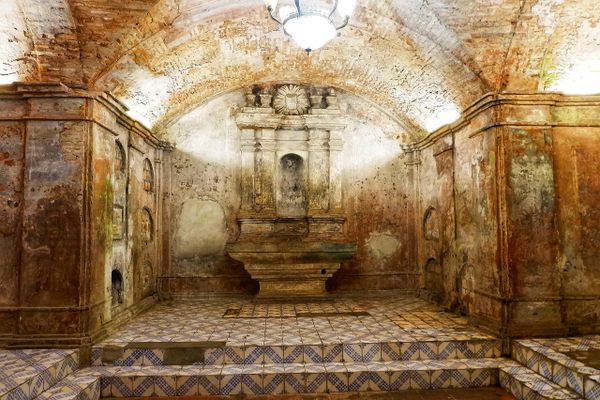






Follow us on Twitter to get the latest on the world's hidden wonders.
Like us on Facebook to get the latest on the world's hidden wonders.
Follow us on Twitter Like us on Facebook